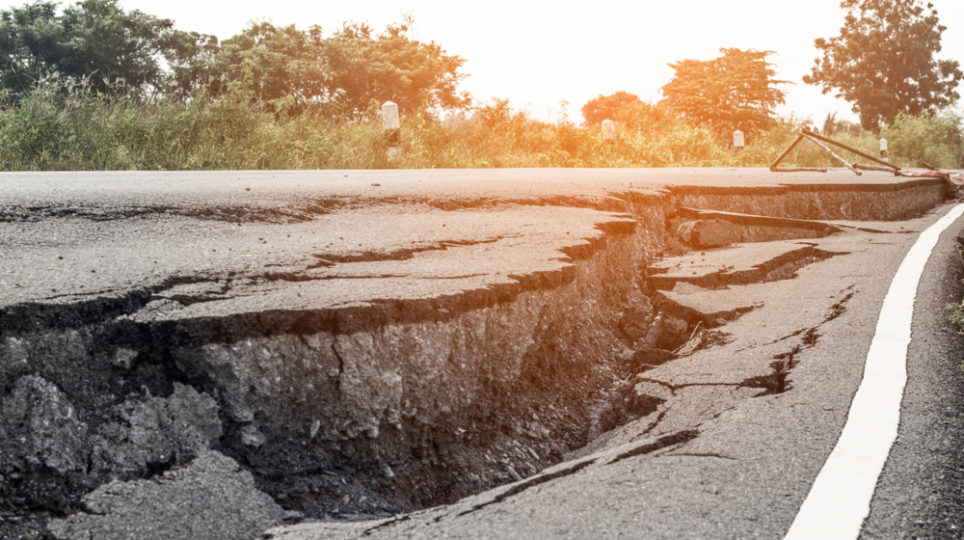WHAT YOU NEED TO KNOW ABOUT SUBSIDENCE CLAIMS
The term “subsidence” can be enough to strike fear into the minds of some property owners, however, in reality, a large proportion of insurance claims made for subsidence damage are subsequently found after specialist investigation to be due to a much less severe cause.
Subsidence, where it relates to building structures, is often misunderstood.
A typical insurance definition of subsidence is – “The downward movement of the ground upon which the building is founded for reasons unconnected to the loading of the ground from the building.”
Subsidence is the independent downward movement of the ground below a building causing the soil beneath the foundations to become unstable, the affected section of the building then consequently drops causing structural cracks.
Subsidence is usually due to shrinkage of the ground caused by dehydration of clay soil below foundations either due to prolonged periods of hot dry weather or excessive extraction of moisture by tree roots around the foundations.
Tree’s don’t have to be right next to a property to cause damage as their roots can extend to a distance over one and a half times the height of the tree. Typical culprits are Oak, Poplar, and Willow although several other species can have a detrimental effect to the stability of foundations
Conversely, water saturation and soil being washed away by a leaking underground pipe will also undermine foundations causing subsidence damage
Damage to buildings often mistaken as subsidence can be caused by issues which are not covered under building insurance such as thermal movement between differential materials, ground settlement is the downward movement of a structure related to the compression of ground under the weight of a recently constructed building, roof spread is damage to walls caused by a roof structure that is not self-supporting.
Symptoms of Subsidence
If you find sudden cracks have appeared to your property that are over 3mm wide, extending in a diagonal direction and wider at the top than the bottom your property may be suffering subsidence.
Cracks often extend from the corner of a door or window and will become visible internally and externally. You may also find doors and windows suddenly starting to stick or become difficult to open & shut completely. If you have an extension, cracks may develop being wider at the top than at the bottom where the extension joins the house.
Floors can drop, and gaps will subsequently develop between the floor surface and the skirting boards
These are also typical signs that your property may be suffering subsidence.
The Process
The first thing to establish for a subsidence claim is whether the building is still moving, what direction it’s moving and the rate at which it’s moving, this can take up to a year.
It is essential that these elements are determined and monitored thoroughly in order to accurately diagnose the underlying cause of the movement so appropriate measures can be undertaken to resolve the issue.
Only after accurate diagnosis can any mitigation or stabilisation techniques be identified and implemented prior to fully repairing and reinstating the property.
We will take an active role to ensure all the elements necessary to restore your property are allowed for and carried out in full.



